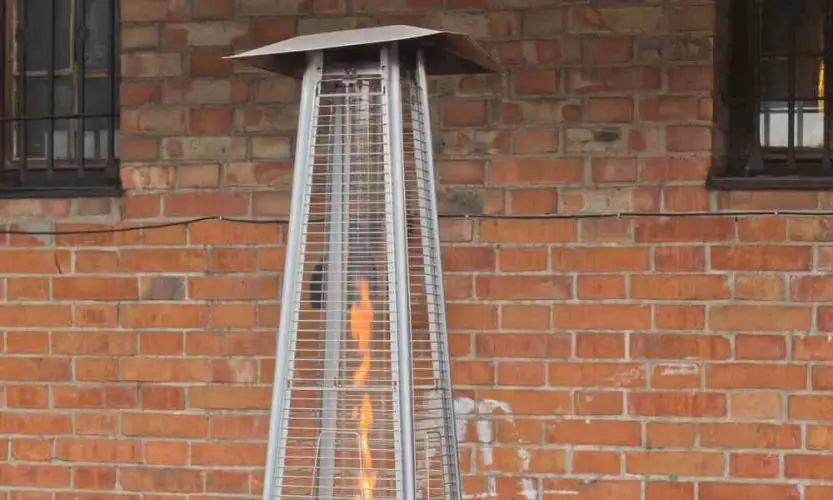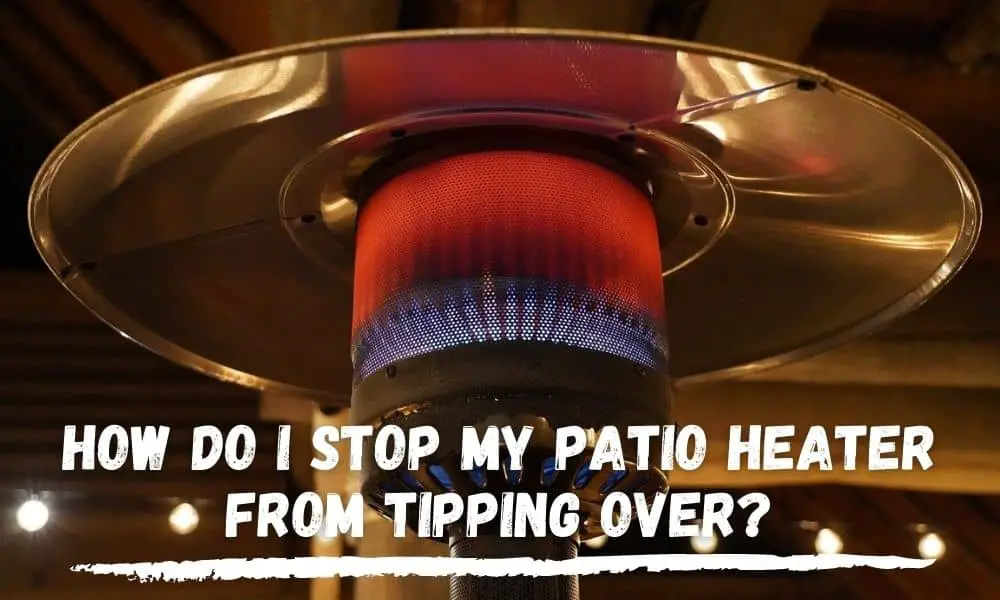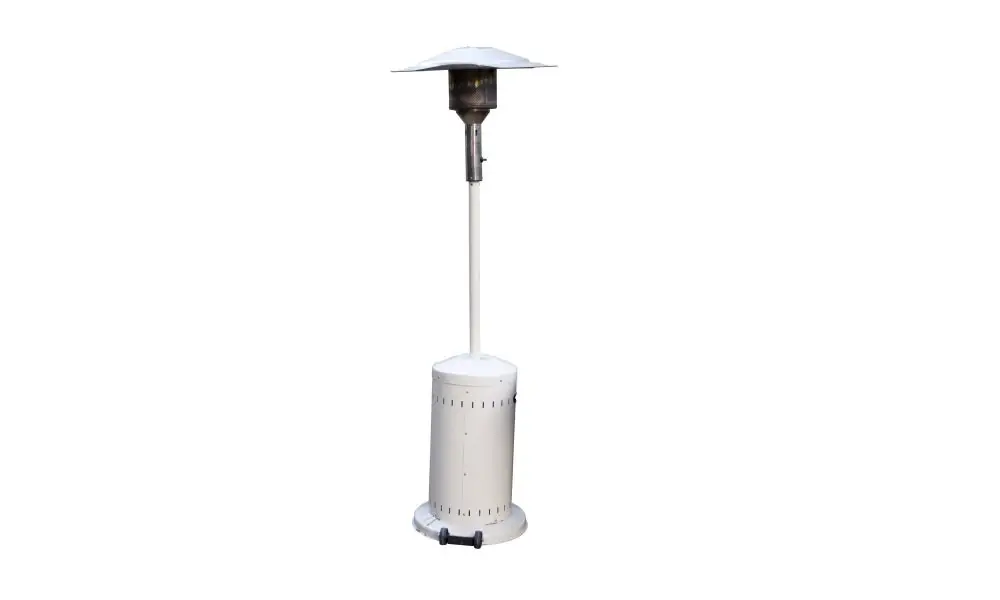Patio heaters are energy-efficient and low-cost heaters that bring a great amount of convenience and use of a patio or outdoor venue.

Cold summer nights and unpredictable weather are not a major concern and you are no longer vulnerable to the sudden drop in temperatures, especially if you want to maximize the use of the deck.
Quick Navigation
An outdoor heater, particularly an outdoor propane gas heater, uses liquefied petroleum gas to create a flame and produce heat. These heaters are designed for controlling the temperature in a specific area outdoors. The heaters are designed to convert gas into heat and direct it to a specific area of coverage.
The patio heater does not use a fan to blow the heat in a certain direction. Outdoor heaters are made with a small roof on top, or a reflector, to ensure that the heat radiates downwards and to a specific area.
Heaters use radiant heat that opposes air molecules and does not get blown by the air. The principle of radiant heat is similar to when the sun warms the skin, and regardless of the strength of the wind, the heat is constant.
How Is Heat Produced by a Propane Gas Heater?
A propane gas outdoor heater is made to generate 30,000 to 40,000 BTUs of heat energy. There are many kinds of propane gas heaters and they generate heat depending on the intensity of the heater. You can choose a type according to space requirements.
To know the needed BTU, you must multiply the length, width, and height of the patio. Then the number of degrees in which the temperature should be raised must be determined.
For example, if the area of the patio is 100 square feet, and you want to raise the temperature by 10°, then the required BTU is 10,000.
The propane heater is designed to generate heat instantly. Gas is contained in pressurized tanks that keep the gas in a liquid state.
When the propane heater valve is turned on, the liquefied gas enters into a gas state that is highly flammable. The gas then goes to the burner and when the ignition is turned on, a flame is produced.
How Much Does LPG Cost?
A heater that produces 40,000 BTUs will consume about $2 per hour. A propane cylinder that has a volume of a 5-gallon or 20-lb. tank is $15 to $20.
This tank is good for 10 hours if the heater is used continuously. This makes the cost average about $2 per hour.
If the heater is used 3 times every week, the tank is good for two to three weeks. The cost and gas consumption will depend on the model and the amount of heat that is generated during every use.
The consumption of gas will be faster if the heater is always put on high mode and if the heater is used continuously for long hours.
What Are the Safety Concerns When Using a Propane Heater?
Because a gas heater is flammable and is put in a pressurized tank, users should be safety conscious and non-complacent when it comes to using an LPG tank.
Many heaters have safety measures and will turn the heater off when flames burst out. However, you must still bear in mind that handling propane gas requires care.
Before putting the tank inside the heater’s compartment, you must check for leaks. This is done by applying soapy water to the gas line.
If bubbles surface, then there is a leak. Lines, hoses, and fittings should be tightened before connecting to the heater. For persistent problems, the tank must be serviced.
The smell of gas even when the tank is sealed is a signal to call the fire department.
When storing cylinders, they must be placed 20’ from the heater. This is to prevent actuating the safety relief valve that can happen due to volume expansion. Tanks should always be stored upright and should not be within 5’ of exits.
If the heater causes a fire, use the auto shut off button on the heater. Most heaters will immediately turn off if tilted at a 30° angle.




